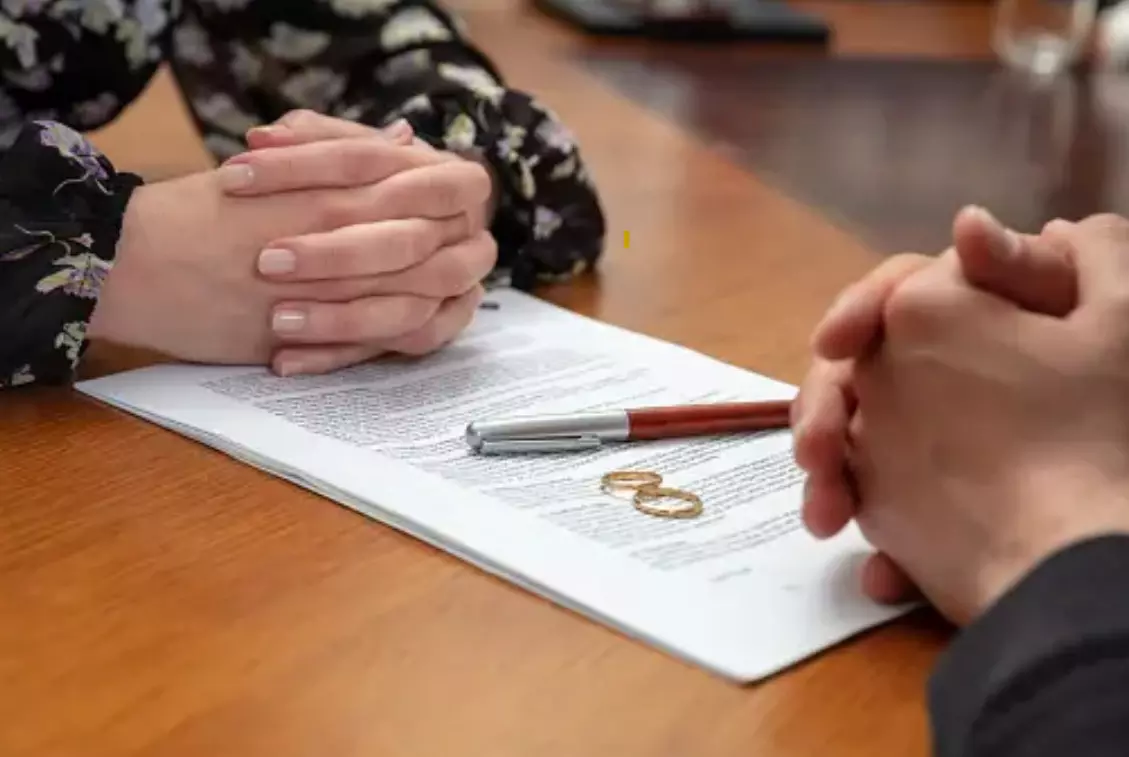Neutralising the knots
The intricacies of marriage-related grievances and the quest for separation vary on a case-to-case basis, necessitating the need for wider adoption of divorce by mutual consent

Whether divorce is a happy ending or not depends on a case-by-case basis, facts, and circumstances. Every little endeavour must be to save the marriage, except in certain circumstances like excessively grave allegations; however, if it’s simply impossible to sustain, the most viable and practical approach is divorce by mutual consent, rather than costly contested litigation.
The Hindu Marriage Act, 1955, stipulates the right to divorce by mutual consent under Section 13B. A couple can jointly file a petition seeking divorce before the concerned family court. The provision expressly mentions the conditions under which spouses can file a petition for the grant of divorce by mutual consent.
A pertinent factor to be addressed by parties in court is that there is no possibility of them living together as husband and wife, that they have together agreed there are no chances of reconciliation, and that in no manner can the dispute between the parties be resolved. In order to seek divorce on the grounds of mutual consent, parties must have been living separately for a period of at least one whole year before filing the petition. This period of one year where the parties have lived separately must be immediately before the filing of the petition. Dictums have clarified that living separately in the context of the statute does not necessarily imply physically living in different places; in fact, the parties could be living under the same roof, but there can still be a distance between the two.
Pursuant to filing a petition for divorce by mutual consent, the parties are given a waiting period of 6 months, also called a cooling-off period, which may extend up to 18 months. During this time, the parties must introspect, contemplate, and think about their decision. In some situations, the parties may choose to give their marriage another shot and mutually resolve their marriage, which is indeed a very positive approach. Sometimes, upon persuasion by the parties, the court may be convinced that the marriage has reached a crossroads, it’s at a point of no return, and the waiting period will only expand their misery. In such a case, dictums of the Apex Court, as well as High Courts, have held that the waiting period under Section 13B can be waived if the circumstances so necessarily demand it. The Apex court has clarified that this power has to be used with utmost care and caution only. In fact, recently, a Constitution Bench of the Supreme Court invoked the special powers under Article 142(1) of the Constitution of India to waive the waiting period in a particular case on the ground of irreconcilable relations and an irretrievable breakdown of the marriage, which was said to be firmly established. The Apex court has opined that it must be seen, inter alia, when the parties last cohabited, time periods when they cohabited, the nature of allegations against each other and family members, attempts at settlement, orders passed in legal proceedings, and various other factors, etc. These are to be seen in light of social, economic circumstances, educational qualifications, children, their age, education, dependency, and other factors, etc. Article 142(1) is a very powerful provision of our Constitution, which, inter alia, gives power to the Apex Court to pass such a decree or make such an order as is necessary for doing complete justice in a cause or matter pending before it. The Apex Court also clearly mentioned that given the expansive amplitude of power under Article 142(1) of the Constitution, the exercise of power must be legitimate, and clamours for caution mindful of the danger that arises from adopting an individualistic approach as to the exercise of the Constitutional power.
The issues of alimony and child custody, if any, can be mutually agreed upon in a case of mutual consent, and other pending litigations relating to marriage can also be settled. Also, if the parties fail to file the second motion within the stipulated waiting period, they are deemed to have withdrawn their consent mutually. There are provisions for mediation and conciliation stipulated under the statutes.
Matrimonial litigations are also peculiar for the reason that whether justice delayed would be justice denied or justice hurried would be justice buried, there is no straightjacket formula, and it depends on a case-by-case basis. Societal dynamics have changed. Apps such as instant chatting messengers, etc., have decreased patience, though at times they may have played cupid as well. Mediations and conciliations resorted to as per provisions also play a pivotal role and should be taken seriously. Such steps often heal relationships, put a cap on future disputes to a large extent, apart from being therapeutic, thus often proving to be a sound solution.
The writer is a practising Advocate in Supreme Court and High Court of Delhi. Views expressed are personal



